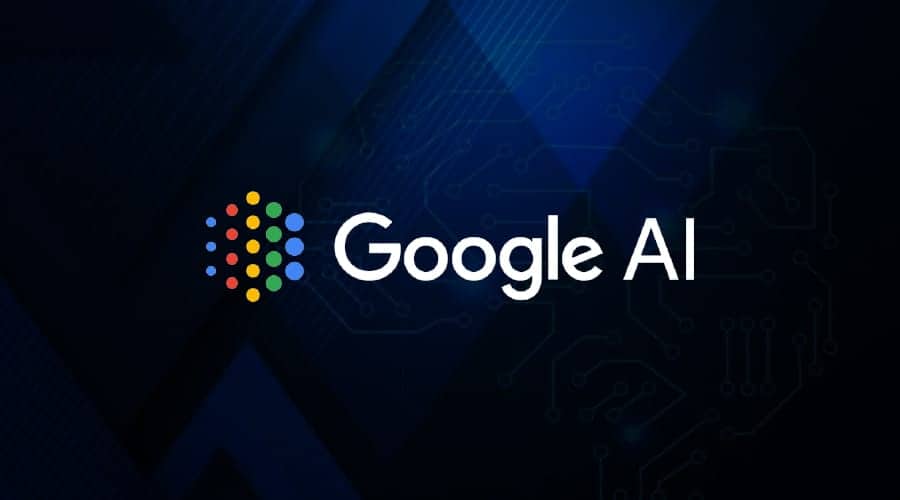Introduction:
In the vast realm of programming, symbols and syntax hold significant importance as they define the structure and functionality of code. Among the commonly used symbols are square brackets ([ ]) and curly braces ({ }), which possess distinct roles in programming languages. Comprehending the disparities between these symbols is crucial for every aspiring programmer. This comprehensive article will delve into the dissimilarities between [ ] and {} and explore their specific use cases, equipping you with the knowledge to write efficient and error-free code. By understanding the nuanced differences between [ ] and {}, you can optimize your coding practices and foster a deeper understanding of programming languages.
Square Brackets([ ]);
Square brackets are widely employed across various programming languages, such as C++, Python, and JavaScript. They serve distinct purposes depending on the context in which they are used:
a. Arrays and Lists:
In most programming languages, square brackets are used to declare and access elements within arrays and lists. Arrays are data structures that store multiple values, with elements indexed numerically, typically starting from zero. This allows for efficient manipulation of collections of data.
For instance, in Python, you can create an array and access its elements as follows:
my_list = [1, 2, 3, 4, 5]
print(my_list[2]) # Output: 3
b. Indexing and Slicing:
Square brackets also enable indexing and slicing operations on arrays or lists. By specifying the index or range within the brackets, you can access specific elements or subsets of elements within a given array or list. For example, in JavaScript, you can access individual elements and slices of an array like this:
let myArray = [‘apple’, ‘banana’, ‘cherry’, ‘date’];
console.log(myArray[1]); // Output: ‘banana’
console.log(myArray.slice(1, 3));
// Output: [‘banana’, ‘cherry’]
In addition, some programming languages offer advanced functionalities like negative indexing, where you can access elements from the end of the array or list.
Curly Braces ({ }):
Curly braces possess different purposes and uses across various programming languages. Let’s explore a few common applications.
a. Objects and Dictionaries:
In languages like JavaScript and Python, curly braces are primarily used to define objects and dictionaries. These data structures store key-value pairs, facilitating efficient data organization and retrieval.
For instance, in JavaScript, you can create an object as follows:
let person = { name: ‘John’, age: 30, occupation: ‘Developer’ };
console.log(person.name);
// Output: ‘John’
Similarly, in Python, dictionaries are defined using curly braces as well:
person = { ‘name’: ‘John’, ‘age’: 30, ‘occupation’: ‘Developer’ }
print(person[‘name’])
# Output: ‘John’
b. Code Blocks:
Curly braces are significant in languages like C and Java, where they define code blocks. Code blocks group multiple statements together and are crucial for control flow structures such as loops and conditional statements. For example, in Java, a for loop code block can be defined as follows:
for (int i = 0; i < 5; i++)
{ System.out.println(i); }
Additionally, curly braces enable scoping and aid in the organization of code, allowing programmers to define variables and restrict their accessibility within specific blocks.
Conclusion :
Understanding the difference between [ ] and {} in programming is essential for writing effective code. Square brackets are commonly used for arrays, indexing, and slicing operations, while curly braces serve purposes such as object and dictionary creation or defining code blocks. Mastery of these distinctions enables you to write cleaner, more structured code and minimizes errors. By comprehending the nuanced differences between these symbols, you can optimize your coding practices and foster a deeper understanding of programming languages. Embrace the power of [ ] and {} to unlock the full potential of your programming skills, and embark on a journey towards becoming a proficient programmer.

